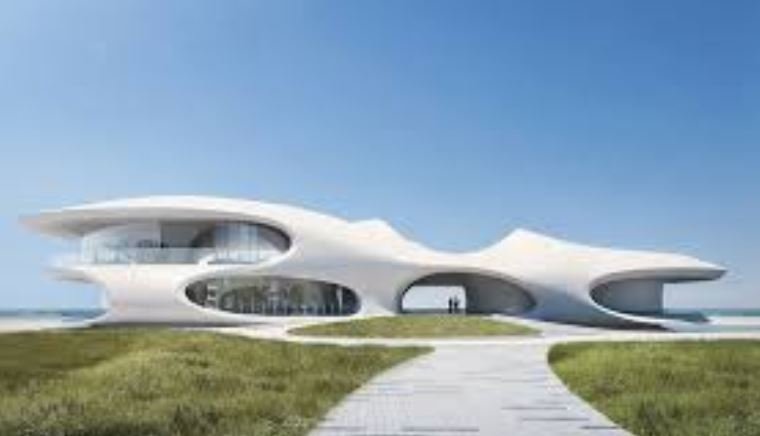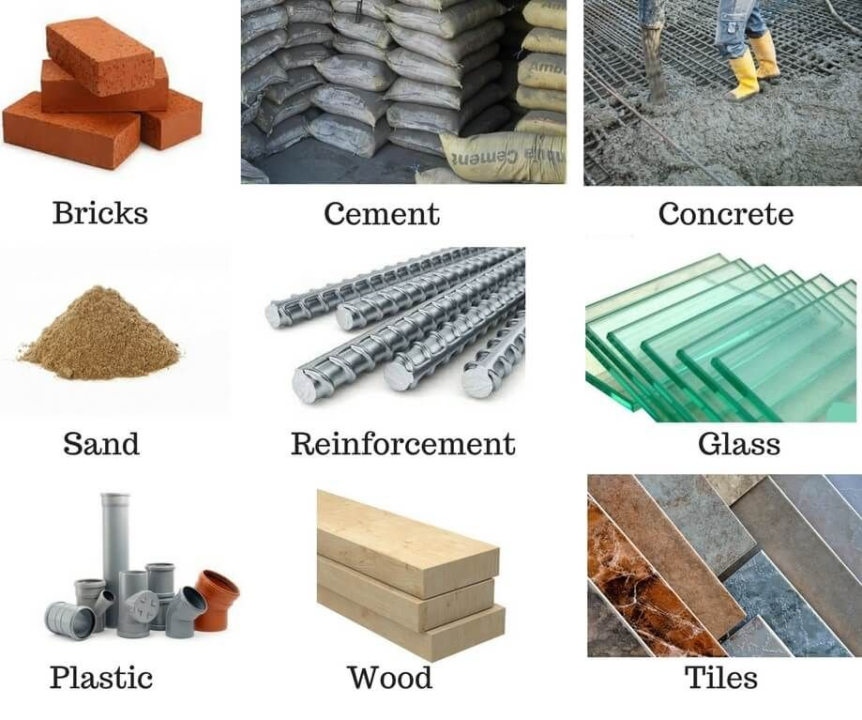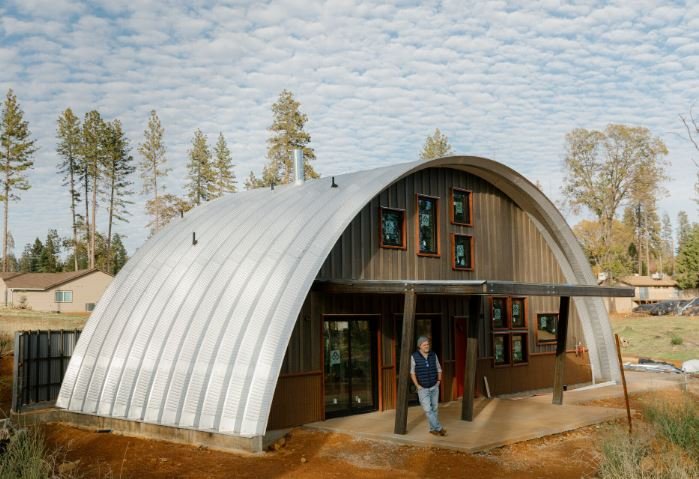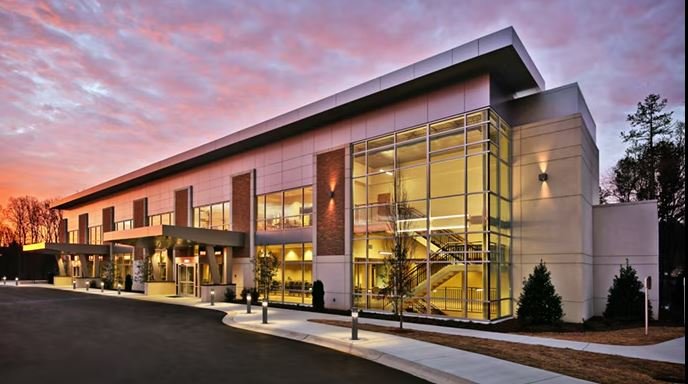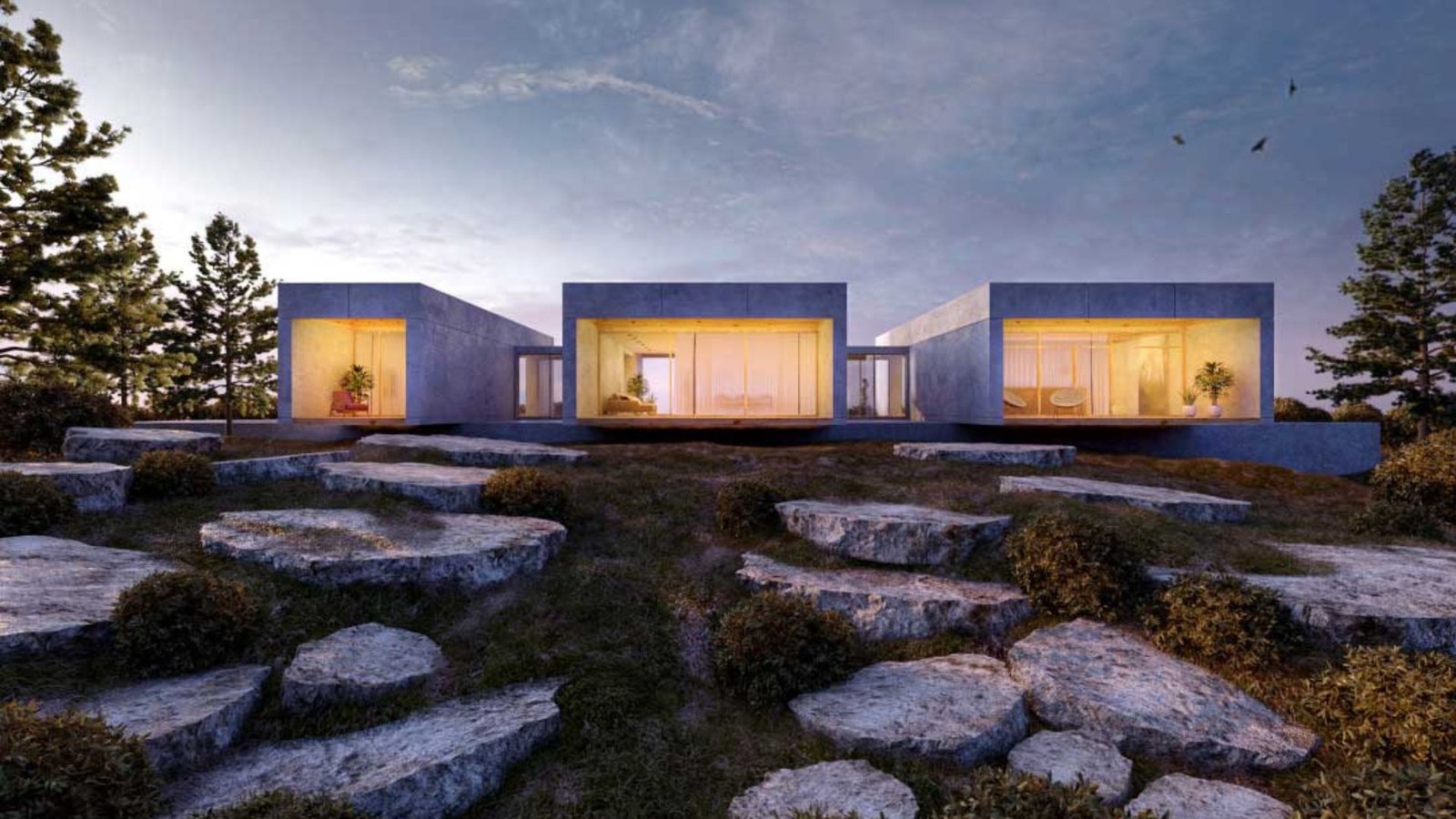Construction Techniques: Masonry, Timber Framing, Steel Frame Construction
Construction techniques play a crucial role in shaping the structural integrity, aesthetic appeal, and functionality of buildings. Each technique offers distinct advantages and is chosen based on factors such as building purpose, budget, environmental considerations, and local building codes. This article explores three prominent construction techniques: masonry, timber framing, and steel frame construction, detailing their





